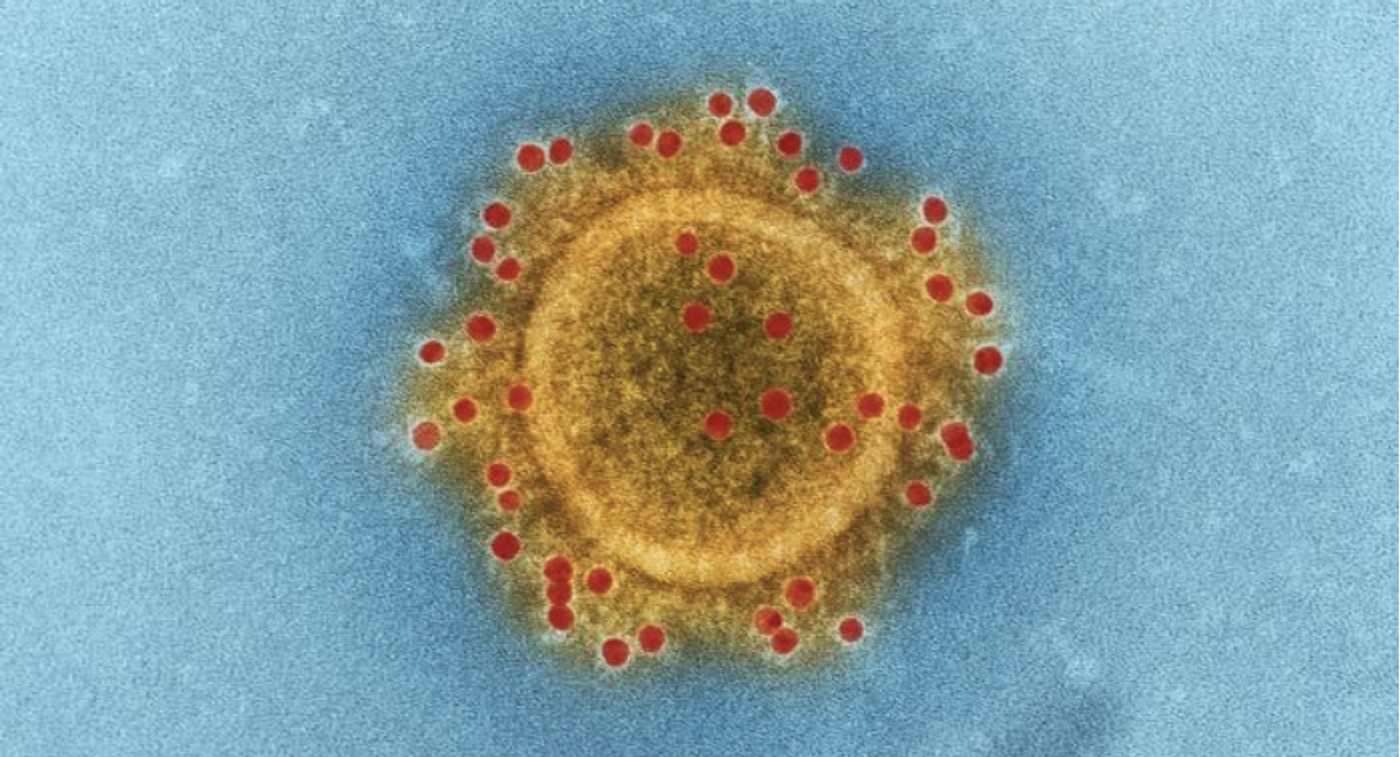New Coronavirus is Spreading in China
In late December, health officials in China notified the country office of the World Health Organization that pneumonia with an unknown cause was sickening people in Wuhan City in the Hubei Province of China. By January 3, 2020, authorities had reported 44 confirmed cases of pneumonia to WHO; eleven of the patients were severely ill, and the remainder were in stable condition. The people who first got sick all worked at the South China Seafood City market, which was closed for decontamination. Officials began to work to determine the cause of the outbreak, which was thought to be a virus.
"We have excluded several hypotheses, in particular the fact that it is a flu, an avian flu, an adenovirus, respiratory syndrome severe acute (SARS) or Middle East Respiratory Syndrome (MERS)," the Wuhan health commission said.
More people have gotten sick since then, however, and three have died. The number of confirmed cases has now reached 224. While this situation is a dramatic improvement over the 2002 severe acute respiratory syndrome (SARS) outbreak, in which authorities in China were thought to have significantly underreported the number of sick individuals and notified global authorities well after the outbreak began, there are still concerns that more people have actually become infected than the official number reflects in this case as well.
After known viruses were ruled out as the cause of the illnesses, the newly-discovered pathogen was found to be a member of the Coronavirus family and the strain has been dubbed 2019-nCoV. Coronaviruses can cause a host of illnesses that may be as mild as the common cold, but also include more serious and life-threatening problems like SARS and MERS. These pathogens primarily impact the respiratory system and cause coughing, fever, trouble breathing, and pneumonia.
Initially, it was thought that this novel virus could not be spread from one person to another, but that appears to have changed. Some health care workers have fallen ill, which indicates that it's possible for a sick person to cause infection in a healthy individual. This could become especially problematic as the country prepares for its lunar new year celebrations that are scheduled to start in a few days. Luckily, the person-to-person transmission does not seem to be happening easily.
“The speed with which this virus has been identified and the sharing of that information by China, has been amazing, a testament to the changes in public health in China since SARS and the global coordination through the World Health Organization,” noted Dr. Jeremy Farrar, a British medical researcher and Director of Wellcome Trust. “But we must not be complacent… There is more to come from this epidemic.”









